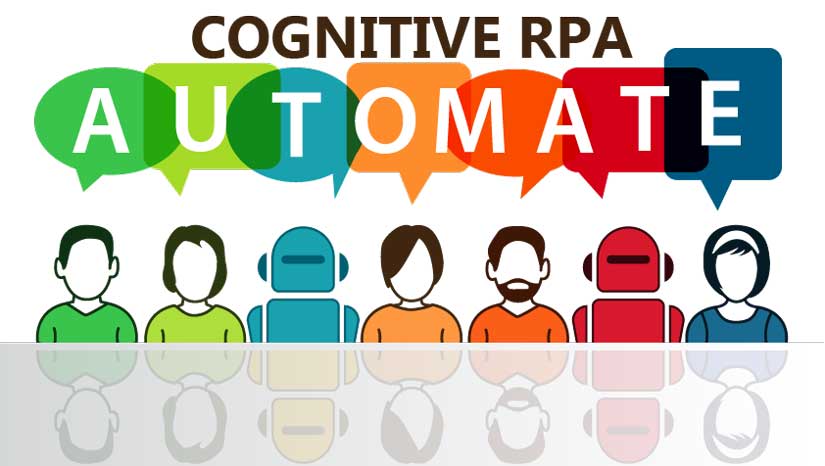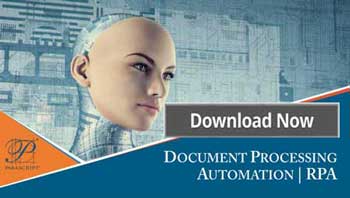
Tackling more complex processes leveraging enterprise Robotic Process Automation (RPA) requires overcoming significant challenges. The Everest Group has a new report with “enterprise RPA” as the topic. It adds to the recent body of research from analyst and consulting firms such as Horses for Sources (HfS) and Gartner that is intended to help businesses navigate through the range of hype, realities and myths regarding capabilities for various RPA solutions.
RPA Unattended Mode
While many successful projects have used RPA to create almost 100% bot-automated processes in what Everest refers to as “unattended mode,” there is apparently skepticism and frequent questioning about how well RPA can tackle the more complex processes in dynamic, real world operations environments.
The market in general is most likely headed toward Gartner’s “trough of disillusionment” where the promises of solutions fail to meet expectations. One key culprit in this case is the desire for RPA suites to include more-complex information types beyond simply structured form-based data; this is the data often “trapped” in documents because it is so problematic to accurately extract.
Cognitive RPA and Complex Data
In most circles, the ability to use this more complex data is referred to as cognitive RPA. Scenarios include the ability for RPA to receive transaction-based documents such as invoices, and automate posting of payments based upon the data within these documents. Or, to take a set of documents such as in a loan file, review the data, verify it and move the process all the way through to completion. Yet another scenario is a set of bots that can analyze contracts and boil them down to their key terms.
Reaching Unattended Mode of RPA
These scenarios aren’t outlandish, but unfortunately expectations are still set on achieving the “unattended mode” where the bots handle almost 100% of all processes. To achieve near 100% automation in these cases, errors associated with data location and extraction have to be very low, often below 1%. Those seeking a solution have been known to mistake “cognitive RPA” as interchangeable with “human cognition.”
With complex documents, even human data entry often has errors above 1%. The reality is that the current capabilities of the most sophisticated machine learning-based products often cannot crack the 90% threshold when it comes to both successfully locating the data and extracting it accurately – especially complex unstructured data.
RPA Attended Mode: Humans and Bots Work in Tandem
The result is that more-sophisticated processes involving complex document-based information needs to target a mode where humans and bots work together, with bots taking most of the easy work and leaving humans to ensure that everything conforms to expected results.
Everest refers to this as the “attended mode.” There is still a tremendous amount of value offered by cognitive RPA, but expectations regarding the levels of automation should be more practical, at least until we reach the Singularity.
If you found this blog article interesting, you might find this RPA eBook useful:




